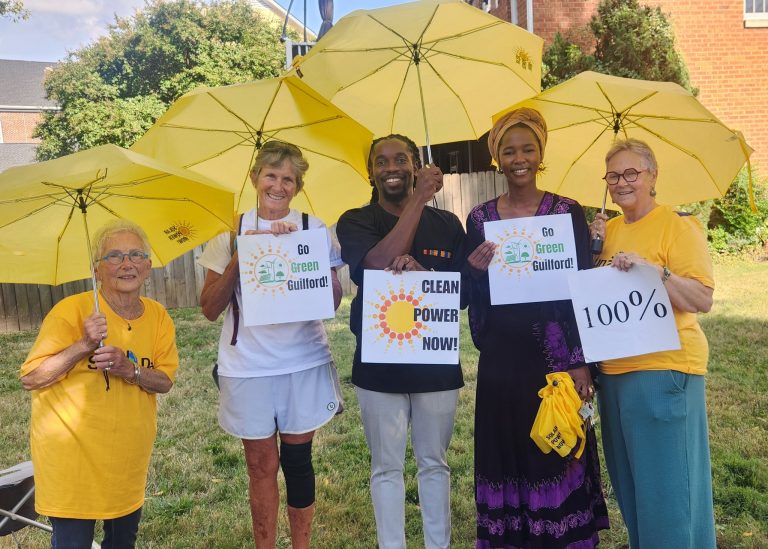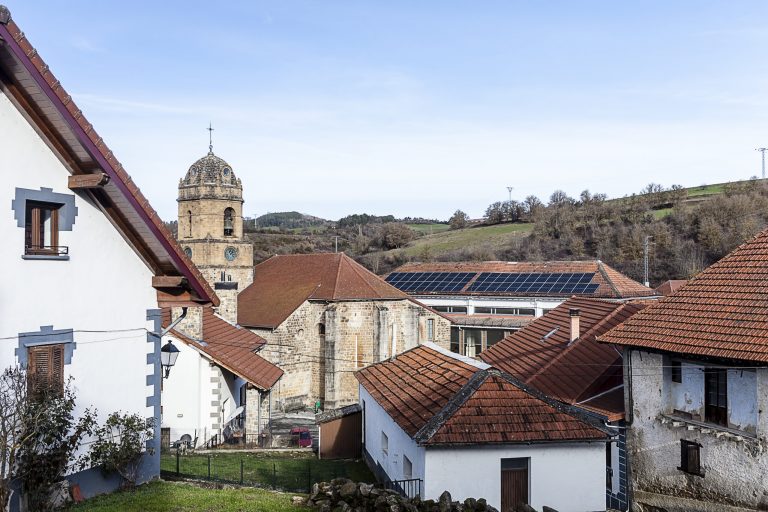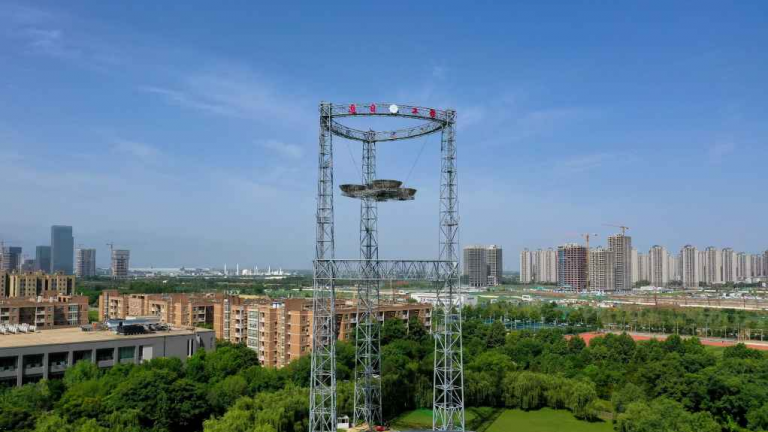With Federal Climate Progress Stalled, Simplify Solar Advances Local Solutions
“We have the groundwork in place to make solar power and renewable energy much more accessible than they are now,” celebrated climate activist Bill McKibben told people from all over the country on a Sept. 25 Zoom call.
The virtual gathering was organized by Third Act, a national organization of people over 60 confronting the climate crisis. It took place just days after a Third Act-coordinated nationwide day of action called Sun Day, which saw over 500 events in 49 states draw attention to renewable energy’s vast potential.
At a time when U.S. climate organizations are largely on the defensive, fighting the Trump administration’s rollbacks to climate action at the federal level, McKibben’s words underscored how Third Act has identified a rare opportunity to make real, short-term progress toward a clean energy future.















